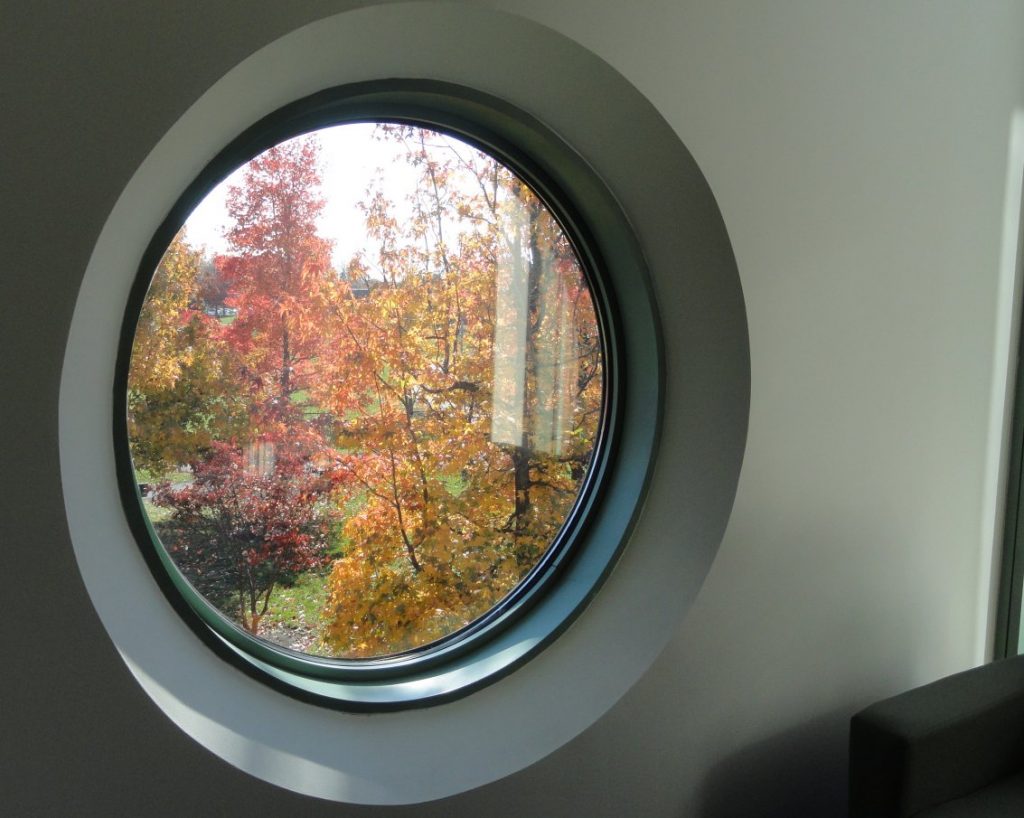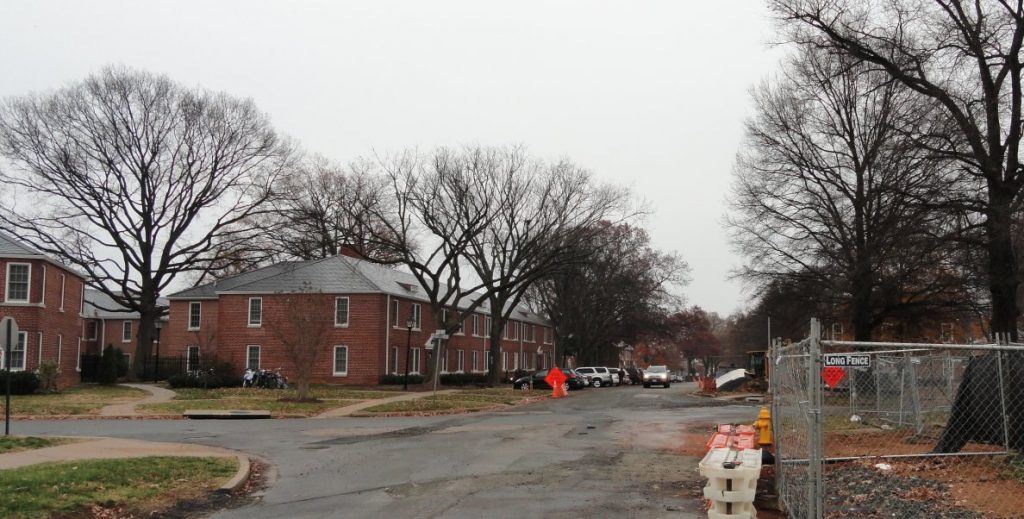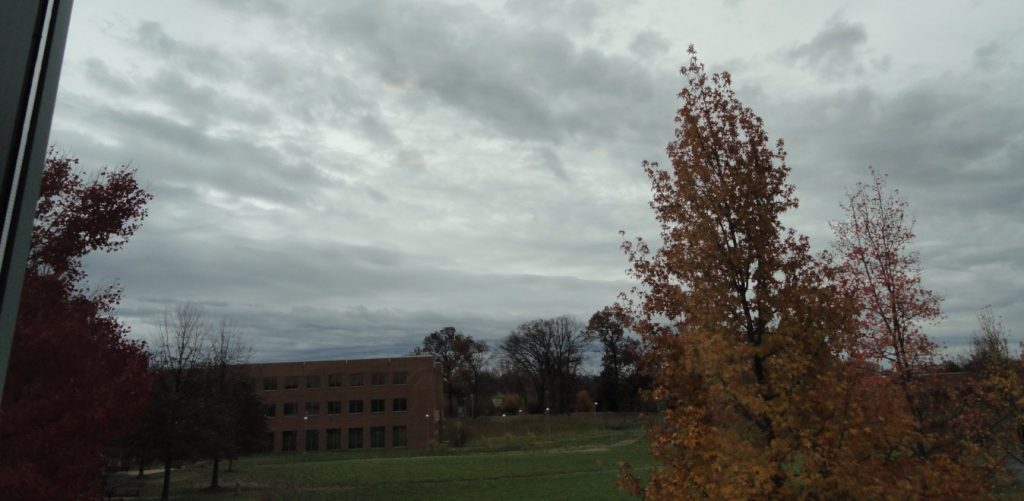Mudslides in Brazil have killed around 900 people in the last few months. These are not natural disasters. Although the proximate cause is heavy rain, it is the deforestation and the uncontrolled building on steep hillsides that turned weather events into deadly disasters. Brazilians understand this and have been looking around to other countries that have done better. The most current example is Australia, which suffered the worst floods in decades with significantly less loss of life. But Brazilian TV has also gone to New Orleans to assess the successful American response to Hurricane Katrina.
One of the hopeful aspects of the recent Brazilian disasters was the response of Brazilian society. There were more volunteers to NGOs than could be used and people were lined up to donate blood for the victims. This may seem unremarkable from the American point of view, but this is an evolution in Brazil.
Until recently, Brazilian civil society was relatively weak with a centralizing government taking the predominant lead in most situations. The fact that the government by itself was often not up to the job did not discourage the belief that it should do it all. Like most developing countries, Brazil was thick with laws and rules, but there was often little enthusiasm for following or enforcing many of them. There was the tacit agreement that the network of rules could not work and finding a way around them (Jeitinho Brasileiro) became a fine art. This had the beneficial effect of keeping things working, but also contributed to lots of trouble. The uncontrolled building and deforestation that caused the recent disasters, for example, was almost all illegal, but laws could not be enforced. In some ways, the laws were “too good.” Their provisions were not executable by actual people in real situations.
What impressed the Brazilian television reporters about New Orleans was not the government’s response, which remains inadequate in many ways. The success in New Orleans is Make it Right, a non-governmental organization spearheaded by actor Brad Pitt. Make it Right is doing innovative things quicker than any government bureaucracy could manage. Rather than building cookie cutter projects or maybe not really building much of anything at all, as is often the government response, Make it Right is constructing homes that different and unique. They are adapted to the environment, so that when the next flood comes, these homes will survive.
The lower 9th Ward of New Orleans is becoming a place where homeowners can experiment in new ways of building environmentally sustainable communities, not just individual homes, but whole communities with local vegetable production, rain gardens and open space. The unique thing about all this is that it is not top-down, nor really bottom up. Rather it is a partnership with ideas moving both ways. This is a development to watch.It might seem that I am critical of government because government has “failed” to do what Make it Right is doing. On the contrary, the beauty of the system is a government that allows, enhances and encourages the efforts of private individuals and groups. The government cannot do these sorts of things and a wise government recognizes that it does not have to. The total society response is what counts; government is only one part of total, sometimes the most important part, often not.
Government contributes in a particularly American way based the choices of the people and on our tax code. For example, I decided to contribute money to Make it Right, and because of the nature of our tax system – i.e. the tax exempt status – government essentially matched part of my contribution. After granting tax-exempt status, no bureaucrat needs decide which charity is worthy. The individual Americans decide with their preference, knowledge and with their own money. This distributed decision-making is a total society response with a role for business, government and individual Americans. Balance is important.
Government doesn’t have to and should not try to do it all. We fallible human beings don’t know what a perfect society would look like, so we can’t empower government to create one. We can create a government that contributes to conditions that help citizens prosper. A good society doesn’t solve all problems; it enables citizens to do the right things & make their own choices.






